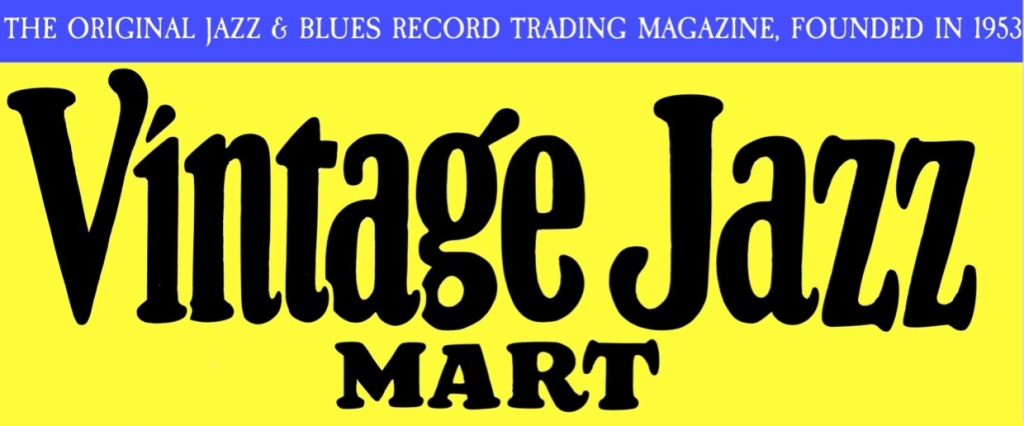Probably most readers have never heard of this band, although the names of Wayne Jones, Frank Chace, Ted Butterman, and perhaps Ransom Knowling will be familiar. I don’t know how I got in touch with Wayne, who died in 2013, but we shared a deep love of clarinetist Frank Chace, so we traded a few cassettes. Incidentally, several organizations call themselves by this name, but the one you will hear existed in Chicago in the first half of the 1960s.
Before I proceed, take a few minutes to remember Wayne — man and musician, recalled so well and affectionately by the fine drummer and writer Hal Smith here. Two of the three cassettes Wayne sent me were by the GOLD COAST JAZZ BAND, recorded on Mondays (an off-night) at the famous and now-departed folk-music club, “Gate of Horn,” on Dearborn Street in Chicago.
(If you’d like to hear more from and about the Gold Coast delegates of joy, John Clark’s podcast about the band with four performances from slightly later incarnations can be enjoyed here.)
But our focus today is a very vibrant recording of two sets by a particularly vibrant 1961 band: Ted Butterman, cornet; Peter Nyegaard, trombone; Frank Chace, clarinet (possibly subbing for Kim Cusack); Art Gronwall, piano; Bob Sundstrom, banjo and vocal on ALL BY MYSELF; Ransom Knowling, string bass; Wayne Jones, drums. Ted and Bob were co-leaders of the band. The songs are SMILES / ROYAL GARDEN BLUES / I WANT A LITTLE GIRL / BLUES MY NAUGHTY SWEETIE GIVES TO ME / ALL OF ME (Chace’s melody chorus!) / NOBODY’S SWEETHEART (with Condon “Town Hall” breaks at end) // SOUTH / INDIANA / HOW COME YOU DO ME LIKE YOU DO? / ALL BY MYSELF (Sundstrom, vocal) / I’LL SEE YOU IN MY DREAMS:
The tape shows us a remarkable bunch of hot players, their improvisations free from cliche but full of personality. I am struck beyond words by Frank Chace’s lyrical courage and singularity, but the energy level is superb throughout, the swing, the inventiveness. Wonderful ensemble work, inventive solos, and a trotting rhythm section: a small treasure. I wrote a recent post [“WHO KILLED HISTORY?”] urging listeners and musicians to be curious; you might know none of the names of the players, but you will be entranced by this band sixteen bars in to the first selection.
There’s more to come from another evening with this band (with surprise guests), the following Monday night: a gift from the generous Wayne Jones, who lives on in sound and spirit.
May your happiness increase!






